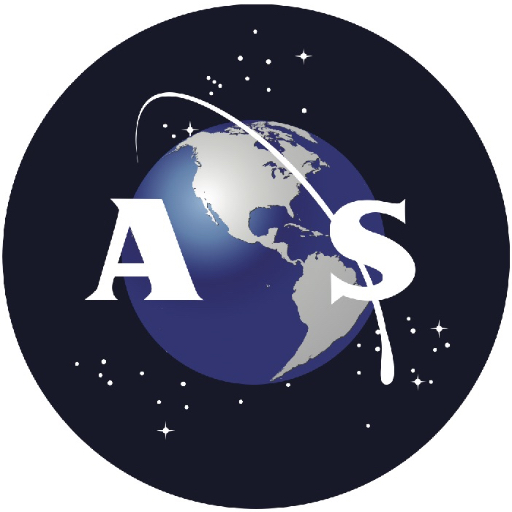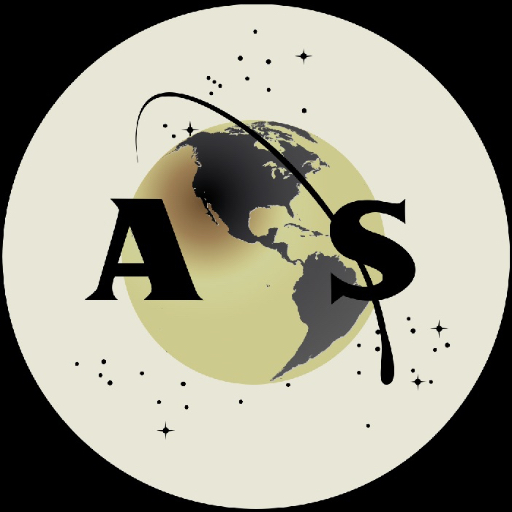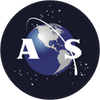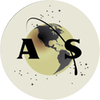
Riding the coattails of success following May’s spectacular Dragon demo mission to the International Space Station, entrepreneur Elon Musk and his SpaceX organisation plan to get down to full business on Sunday night, with the launch of the first dedicated flight in the $1.6 billion Commercial Resupply Services (CRS) contract with NASA. Under the provisions of the contract, which was signed in December 2008, SpaceX will fly 12 Dragon missions to the station by 2015 and deliver a total of 44,000 pounds of cargo, including equipment, experiments and crew supplies, to the multi-national outpost. The first of those 12 missions is presently encased within the nose of SpaceX’s Falcon 9 booster on Space Launch Complex (SLC)-40 at Cape Canaveral Air Force Station, awaiting a scheduled 8:34 pm EDT liftoff.
Elon Musk, the billionaire entrepreneur behind PayPal, has literally turned water into wine in space and once famously declared his intention to tackle three “important problems that would most affect the future of humanity”, namely the internet, clean energy and space exploration. Since founding SpaceX in June 2002, he has transformed it into a multi-billion-dollar company, whose market value leapt from an estimated $1.3 billion in February 2012 to $2.4 billion by the end of May, in the wake of Dragon’s station demo mission. Prior to that, the cargo ship undertook a successful solo flight in December 2010.
The Falcon 9 booster is already establishing a proud record of accomplishment for itself. Although it has yet to accomplish sufficient missions for detailed reliability analyses to be calculated, Musk emphasised that the simplicity of its design – including a capability to run the nine Merlin-1C first-stage engines up to full power, whilst still secured to the pad, to ensure that all systems are operating properly before launch – is a key factor in its favour. This was clearly demonstrated in June 2010, when the Falcon’s first launch attempt was scrubbed after first-stage ignition and a ‘fail-safe’ abort was executed. Ground personnel recycled the rocket for a successful second launch attempt, later that very same day.

Sunday’s launch marks the fourth Falcon 9 voyage and preparations have ramped into high gear since the booster arrived at SLC-40 in August. A ‘wet’ countdown demonstration test was performed to validate pre-launch procedures and on 29 September a static test-firing of the nine first-stage engines was successfully completed.
Preparations are now entering their final stages, with the loading of rocket-grade kerosene (RP-1) and liquid oxygen aboard the Falcon approximately two hours ahead of liftoff. The vehicle will be transferred to internal power at T-4 minutes, after which the flight termination system (used to destroy it in the event of off-nominal events during ascent) will be armed and oxidiser levels topped-off. The 227-foot-tall Falcon will execute the first stage of its ascent under the combined 1.1 million pounds of thrust from its nine Merlin-1Cs. The first stage will burn for 170 seconds, after which the second stage – powered by a single Merlin-1C and capable of around 100,00 pounds of thrust – will ignite for the remainder of the journey into orbit. The second stage will burn for a total of 345 seconds.
An on-time liftoff on Sunday night will produce a rendezvous and berthing at the International Space Station on Tuesday. The Dragon is carrying upwards of 1,000 pounds of cargo, equipment and supplies for the station’s Expedition 33 crew – currently at three-person capacity, with Commander Sunita Williams and Flight Engineers Yuri Malenchenko and Aki Hoshide – and also includes a complement of 23 student experiments in the physical, chemical and biological sciences. A small Orbcomm satellite will also ride piggyback into space on the Falcon 9. Pending success, SpaceX anticipates the second Dragon mission under the CRS contract to take place in January 2013.





3 Comments
3 Pings & Trackbacks
Pingback:United States and North American News | David Reneke | Space and Astronomy News
Pingback:Dragon Breathes Perfect Fire as CRS-2 Roars to Orbit « AmericaSpace
Pingback:Dragon Breathes Perfect Fire as CRS-2 Roars to Orbit – Wired4Space